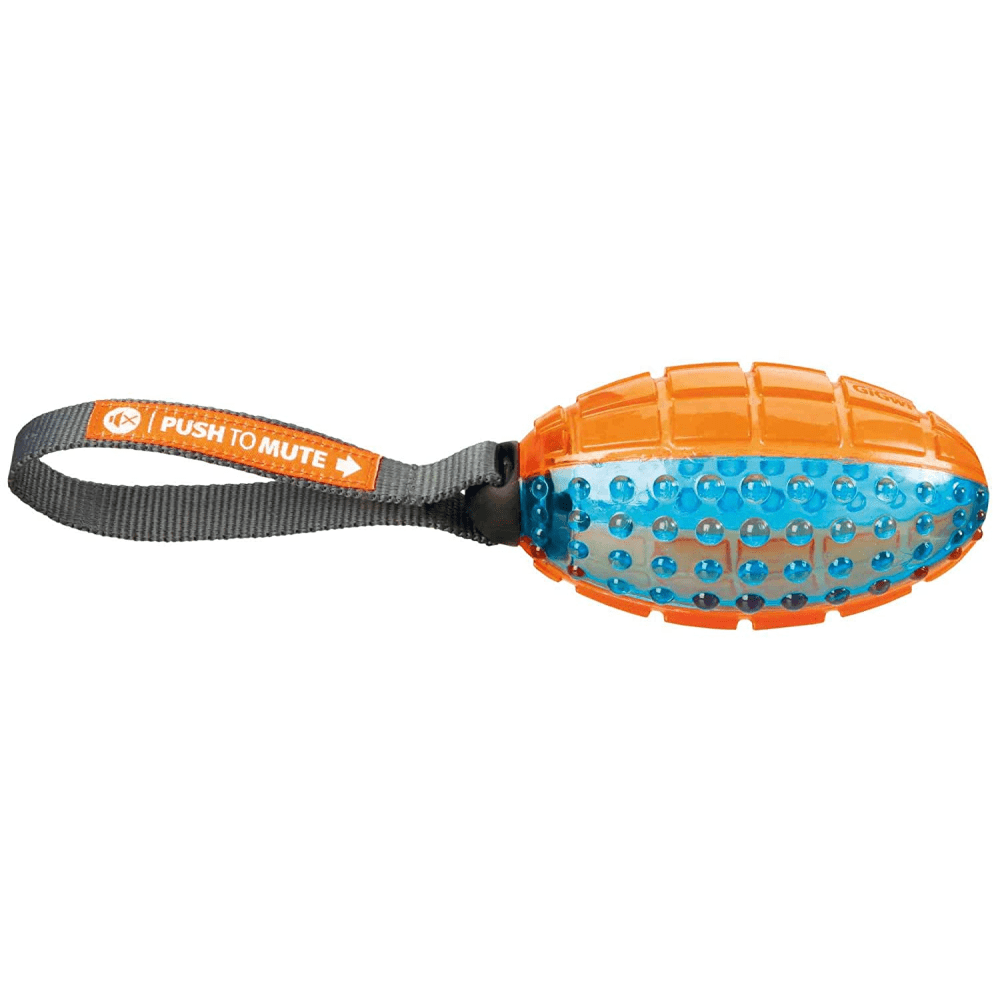
Our playful furry adventurers love to move around all the time and explore their indoor and outdoor surroundings. But, the soft paws of dogs need protection while playing, running or walking on different surfaces like gravelled or concrete roads, hot pavements, roads covered with chunks of snow and ice, or rough hiking terrain. This is when good quality and easy-to-use dog shoes or dog boots help. But, do canines like to wear shoes? Well, with a little training and patience, dogs can be taught to wear shoes and stay safe, comfortable, and happy while wearing them. How to do it? We are here to help.
Read on to find out the need for dog shoes, the difference between dog shoes and dog boots, and a step-wise guide to how to put on dog boots.
Do dogs need shoes
A big yes. No matter how much time a dog takes to get accustomed to wearing shoes or boots, their soft and sensitive paws need protection. Here are some of the reasons why dogs need shoes:
- To protect the sensitive paw pads from the harsh effects of hot or chilling weather.
- To save paws from cuts, wounds, and injuries from stone/glass pieces, thorns, etc while walking on rough surfaces during outdoor adventures.
- To keep paws protected from dirt and ticks during outside exposure.
- To provide support to dogs suffering from weak hind legs/Hip Dysplasia.
Dog shoes and dog boots: know the difference
To serve the purpose of getting something to safeguard your pooch’s paws, the first step is to understand the options better.
Dog boots are good for first-timers. They are easy to put on and usually do not have soles, zippers or straps. You can start by making your pup wear boots so that they can be trained to get used to and comfortable with having something on their paws.
Whereas, dog shoes are tougher in comparison and provide better stability and traction needed when outdoors. Fastened with straps or hooks and loops, shoes help your canine’s feet stay steady while walking on uneven surfaces and prevent injuries.
Steps to train dogs to wear shoes
It is very natural for dogs to resist any foreign object on their feet, especially because they find it hard to feel the surface after wearing it. But like any other command, your intelligent furry friend will learn to walk with shoes on. Just be patient and go easy. Here is the step-wise guide to making dogs wear shoes and how to keep dog shoes on:
1. Check the size to get a perfect fit
One of the major reasons for dogs’ resistance to wearing shoes is the improper fitting of their footwear. The first step is to check the size of your dog’s paw. Take a piece of paper and make your dog stand on it with their body weight on one paw. Outline their paw with a pen on the paper. Do this exercise for both front and back paws one after the other. Measure the paw width. Refer to the size chart given by the dog shoe providers and get the shoes that match your furry companion’s paw size perfectly.
2. Introduce the shoes to your dog
Put the shoes near your dog and let them sniff it. Give them time to get familiar with its scent and sight. Observe your fur baby’s reaction. If they are showing interest in the shoes, it is a positive sign. If they get stressed or afraid, take the shoes away. Repeat the process the next day. Be patient and let your furry pal take their time in getting familiar with their boots.
3. Put on the shoes
Once your pooch has responded positively, put the shoes on their feet slowly. Extend the opening of the shoe and slide their paw inside. Be gentle, and make sure you do not hurt their dewclaws. Once the paw touches the front of the shoe, secure the feet with the straps. Initially, make them wear shoes only on the front legs. Once they are comfortable walking with them, go for all four shoes.
4. Reward co-operative behaviour
Do not forget to appreciate your furry friends when they do not resist wearing shoes and stay calm while you are putting them on. Reward their cooperation with a delicious and high-value treat. This way, your pup will start associating the shoes with something good.
5. Indoors first
When your dog is ready with shoes on all their paws, let them walk indoors first and get comfortable with them. Put the shoes on initially for shorter durations, and increase the time gradually based on the pace of your pet’s response.
6. Take your dog outside with their shoes on
The initial inside walks may be uncomfortable for your furball. But once they have practiced enough and have got confidence, take your doggo outside for a walk or run, and for hiking eventually. Here again, start with shorter distances. And when your fur baby has adapted well to their shoes and is happy flaunting them, embark on longer journeys.
To conclude
Footwear is as important to dogs as it is to humans. Dog shoes help protect the soft and delicate paws of canines from extreme weather conditions and injuries, and also keep them clean. With patience and appropriate training, you can make your beloved furry family member comfortable with wearing shoes and ensure the safety of their paws.
Outdoor Bathroom Training for Cats: A Complete Guide

We wouldn’t disagree that cat litter is indeed a great product and makes it easy for cat parents to manage their feline baby’s ...
Pawsandpaws | Mar 31, 202510 Must-Know Tips for Training Your Golden Retriever

Golden Retrievers are one of the most lovable dog breeds and are widely preferred by dog parents for being people-oriented and having gentl...
Pawsandpaws | Mar 04, 2025




















